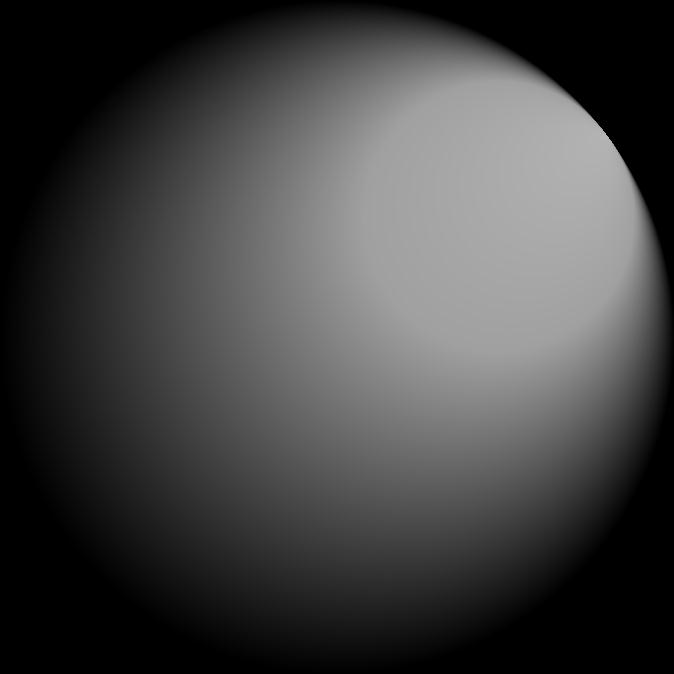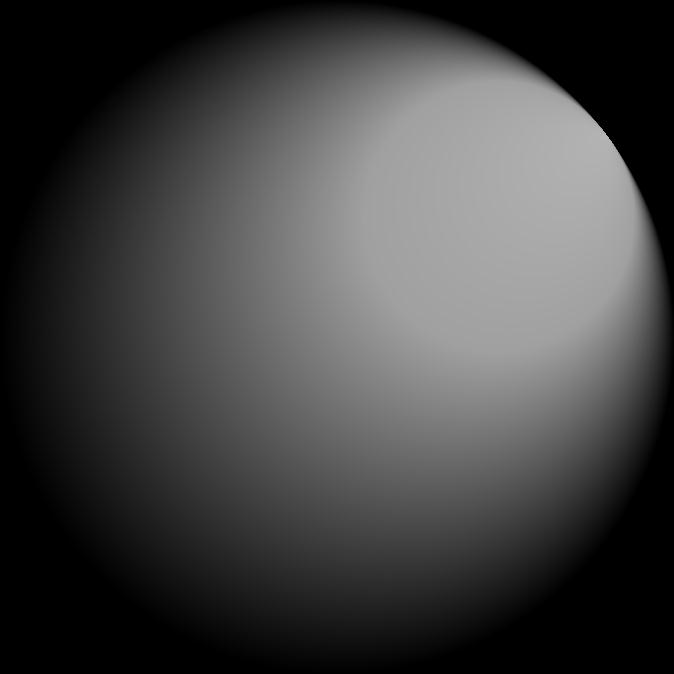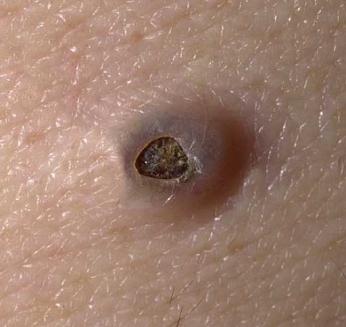Acne

Dr Noori Moti-Joosub
Laserderm, Dunkeld/ DGMC

Acne vulgaris is a self-limited disorder of the
pilosebaceous unit that is seen primarily in
adolescents. Most cases of acne present with
a pleomorphic variety of lesions, consisting of
comedones, papules, pustules and nodules.
Although the course of acne may be self-
limiting, the sequelae can be lifelong, with
pitted or hypertrophic scar lifelong.

Almost every teenager can experience acne to
a certain degree during adolescent years.
Boys>girls
Tend to "grow out of it" in early 20s
Females can continue until post-menopausal


Hair follicle has a hair and sebaceous gland.
The gland produces too much oil which becomes clogged with
keratin, bacteria and cells.



Excoriations (picked or scratched spots)
Erythematous macules (red marks from
recently healed spots, mostly in fair skin)
Pigmented macules (dark marks from old
spots, mostly in dark skin)
Normal physiological reaction in puberty Disease of the ovaries
◦ Polycystic ovarian syndrome
◦ Benign or malignant ovarian tumors
Disease of the adrenal gland
◦ Partial deficiency of the adrenal enzyme 21 Hydroxylase
◦ Benign or malignant adrenal tumors
Disease of the pituitary gland
◦ Cushing's syndrome due to excessive adrenocorticotrophic
◦ Acromegaly due to excessive growth hormone production
◦ Adenoma of the adrenal gland especially prolactinoma
Obesity and the metabolic syndrome Medication-phenytoin,steroids,barbiturates,OCPills
Patients with acne often have increased production
of sebum, hence oily skin. This may be
High overall levels of sex hormones (mainly the
androgen, testosterone).
Hyperandrogenism in females Increased free testosterone because of low levels of
circulating sex-hormone-binding-globulin (SHBG).
More active conversion of weaker androgens to
stronger androgens such as dihydroxytestosterone
(DHT) by the enzyme 5-reductase within the skin.
Higher sensitivity of the skin to DHT.
Mild: Comedones
Moderate: Papules, pustules
Severe: Nodules, cysts, conglobate lesions
Grade 1: Comedones only
Grade 2: Inflammatory papules
Grade 3: Pustules
Grade 4: Nodules, cysts, conglobate lesions
Unpleasant form of nodulocystic acne Interconnecting abscesses and sinuses, which
result in unsightly hypertrophic (thick) and
atrophic (thin) scars.
There are groups of large macrocomedones
and cysts that are filled with smelly pus.
It is occasionally associated with hidradenitis
Allergic reaction to P. acne Abrupt onset Inflammatory and ulcerated nodular acne on
Severe acne scarring Fluctuating fever Painful joints Malaise (i.e. the patient feels unwell) Loss of appetite and weight loss Raised white blood cell count.
Infantile acne Generally affects the cheeks, and
sometimes the forehead and chin, of
children aged six months to three years.
More common in boys and is usually mild to
moderate in severity. In most children it
settles down within a few months.
The acne may include comedones inflamed
papules and pustules, nodules and cysts. It
may result in scarring.
The cause of infantile acne is unknown. It is thought to be genetic in origin. Hormone abnormalities in older children
with acne may be associated with the
following conditions:
Congenital adrenal hyperplasia Cushing's Disease 21-Hydroxylase deficiency Precocious puberty Androgen-secreting tumors
Acne can be effectively treated, but
response is usually slow
Face washing-rock of management Where possible, avoid excessively humid
Ultraviolet light helps Abrasive skin treatments can aggravate
Try not to scratch or pick the spots
Important part of acne treatment
Wash face once or twice a day
Gentle cleansers
Foam cleansers best
Exfoliative cleansers can be used
Often not needed in acne
Do not dry skin out
Mattifying moisturisers
Often extra moisturisers needed with
Isotretinoin treatment
Not necessary
Use non-alcoholic type
Often too oily
Use non-comedogenic types
Shade-seeking behaviour
Protective clothing
With Isotretinoin treatment, sun protection
Liquid foundation better than powders
Powders block pores
The more you use, the worse it is
Make sure adequately removed
Non-comedogenic
Wash affected areas twice daily with a mild
cleanser and water or an antiseptic wash.
Acne products should be applied to all
areas affected by acne, rather than just put
on individual spots.
They often cause dryness particularly in the
first 2-4 weeks of use. This is partly how
they work. The skin usually adjusts to this.
Apply an oil-free moisturizer only if the
affected skin is obviously peeling.
Anti-bacterial
Benzoyl peroxide 2.5-10% wash, gel, cream Gel: drying Cream: tolerant Wash: Chest and Back MOA: kill bacteria, dry up oil, slough dead
Problem: dryness, irritation, flakiness
Erythromycin 4% and Zinc 1,2%
MOA: anti-inflammatory, kill bacteria
Problem: Resistance Gram negative
Adapalene 0.1%
Cream: more tolerant Tretinoin 0.1-0.25% Isotretinoin 0.05% MOA: Promote cell turnover, prevent plugging
of hair follicles
Problems: dryness, irritation, redness, sun-
Oral or topical
Often in combination
Safe in pregnancy
MOA: unknown?? Immune-modulatory Anti-bacterial, anti-viral? Problem: None
Sulfur compounds: 2% sulfur in UEA
Cost-effective
MOA: anti-bacterial, anti-parasitic, anti-
fungal, anti-inflammatory
Problems: smell
Gel or cream formulations
MOA: anti-bacterial, anti-inflammatory
Problems: Dry skin, irritation
MOA: keratolytic agent (sloughing of dead
Problems: Irritation
Used for acne, wounds, infection, fungal
MOA: anti-bacterial, anti-viral, anti-fungal,
anti-inflammatory
Problems: slower onset of action compared to
benzoyl peroxide, sensitivity
Topical treatment plus Antibiotics
an adequate dose of antibiotic should be given
for at least three months before deciding that a
patient has failed to respond
after three months therapy then a reduction of
acne lesions by 30-50 per cent should have
occurred(pt assessment)
Good response? continued for a further three
months and then the patient maintained on an
appropriate topical regimen
Poor response to oral antibiotic therapy then an
alternative antibiotic may be substituted
MOA: bacteriostatic, anti-inflammatory
First line – Tetracycline (no longer used)
2nd line- doxycycline (abdominal cramping,
nausea, vomiting), minocycline(causes SLE),
lymecycline (abdominal cramping)
Take with probiotic
Not to be taken with food
Warn females about vaginal thrush
Can have a flare when commencing treatment
MOA: bactericidal activity (2 agents).
Most effective due to lack of resistance (2
Can be effective on those who failed on
tetracycline treatment (different sites of
sebum production, less resistance).
S/E: GIT disturbance, drug reaction.
Must be a combination OCP (oestrogen and
Often regarded as an adjunctive therapy in
Indicated in PCOS, CAH, idiopathic hirsutism
Often combined with cyproterone acetate
(25-100mg day 5-19)
MOA: reduces sebum production by an anti-
androgenic effect.
Mild Side effects: Headaches
Breast tenderness
Often pass in a few months
Severe side effects: Thrombosis (minimally raised with the
progesterone drospironone)
Risk greatest in first year and as you get older. Over 35 years use a low oestrogen pill Strokes
Heart attacks
History of thrombosis or cardio-vascular disease
Family history of blood clotting disease or
abnormal clotting
Anti-phospholipid syndrome
Severe migraines
Hypertension, hypercholesterolaemia
History of thromboplebitis
Immobilisation
Results have not been consistent
hepatic and endometrial cancer
breast cancer in younger users, returns to normal 10yrs
after stopping it
cervical cancer (? Increased sexual activity
Must be taken every day
Diarrhoea and vomiting decrease
Anti-epileptics, anti-virals may interfere with
No clear evidence that antibiotics interfere
Takes time to work
Family Planning Association of UK, safe to
take OCP until 50yrs of age.
Weigh up benefits and risk factors
Many patients will be treated with oral
If this is not suitable, the following may be
High dose oral antibiotics for six months or
In females, especially those with polycystic
ovary syndrome, oral antiandrogens such as
OCP or spironolactone may be suitable long
term. Systemic corticosteroids are sometimes
used for their antiandrogenic effect.
Flutamide and finasteride also been reported to
be of benefit in hyperandrogenic women,
though not licensed
MOA: Reduces sebum secretion and shrinks
Anti-bacterial
Promotes normal keratinisation of hair follicle
Anti-inflammatory
Side effects Teratogenic Dryness, nosebleeds, dry lips Body aches and pains Hair falling out Staph carriage increased: boils etc ?? Depression, mood changes
May fall pregnant 1 month after stopping
Blood tests: βHCG. LFTs (ALT, AST), Lipogram
(Total cholesterol, triglycerides)
Repeat at 3 months
Dose: 0,5-1mg/kg/day Cumulative dose: 120-150mg/kg Low dose?
Take with biggest meal of the day For greater efficacy bd dosing should be used Cortisone on commencement
Sunlight is anti-inflammatory and can help
briefly. Beware of skin cancer.
Cryotherapy Intralesional steroid injections Comedones can be expressed by cautery or
Microdermabrasion can help mild acne. Lasers and light systems (blue light) X-ray treatment-no longer recommended
for acne as it may cause skin cancer.
Photo-dynamic therapy
Topicals Zinc and Erythromycin
Sulfur Oral meds Erythromycin
Will resolve in 9-12months
Topical depigmenting agents can speed up
Fractionated lasers can resolve PIH in 3-5
Hypertrophic: I/L steroids Fractionated laser and rub steroid in Atrophic HA fillers Fractionated laser CO2 laser
Immediate referral indicated (within a day): have a severe variant of acne such as acne
fulminans or gram-negative folliculitis
Urgent referral have severe or nodulocystic acne and could
benefit from oral isotretinoin
have severe social or psychological
problems, including a morbid fear of
Routine referral At risk of or are developing scarring despite
have moderate acne that has failed to
respond to treatment which has included
two courses of oral antibiotics, each lasting
are suspected of having an underlying
endocrinological cause for the acne (such as
polycystic ovary syndrome) that needs
Source: http://www.blackignition.co.za/download/files_27/Galderma_Acne.pdf
APPLICATION MANUAL 2016 09 GENER AL INFORMATION 86 Machines, Tools, and Aids 14 General Product Information 21 Swarovski Products and Suitable Application 100 Quick Assistance101 Swarovski Hotfix Selector 23 SOLDERING, PL ATING, AND STONE SET TING SEWING, EMBROIDERY, AND HAND APPLICATION 24 Machines, Tools, and Aids25 Suppliers 112 Product Overview 112 Machines, Tools, and Aids
Documento descargado de http://www.journalofoptometry.org el 08/10/2016. Copia para uso personal, se prohíbe la transmisión de este documento por cualquier medio o formato. Genetic risk factors and age-related macular degeneration (AMD) Maryam Mousavi, Richard A. Armstrong Vision Sciences, Aston University, Birmingham B4 7ET, UK







